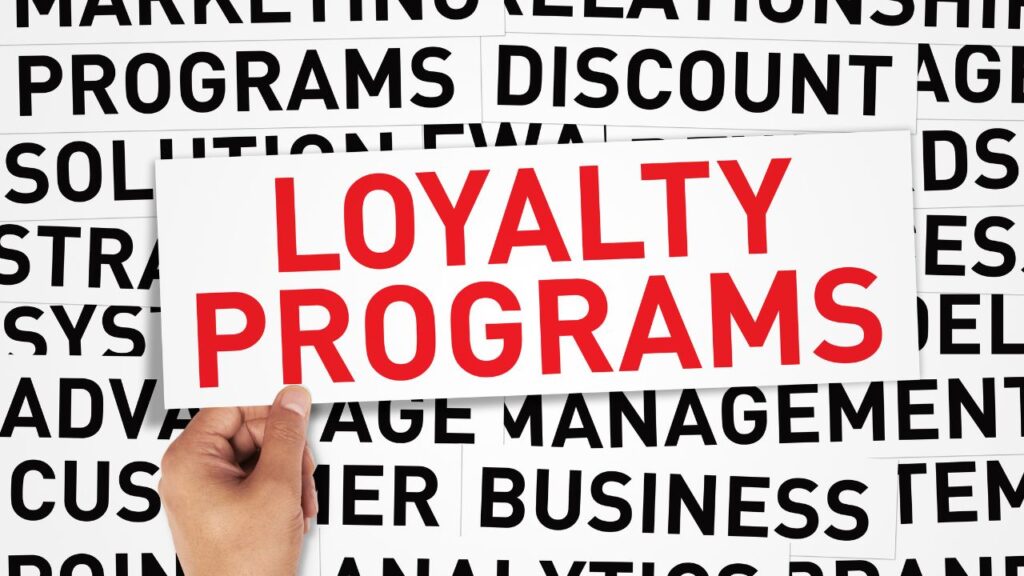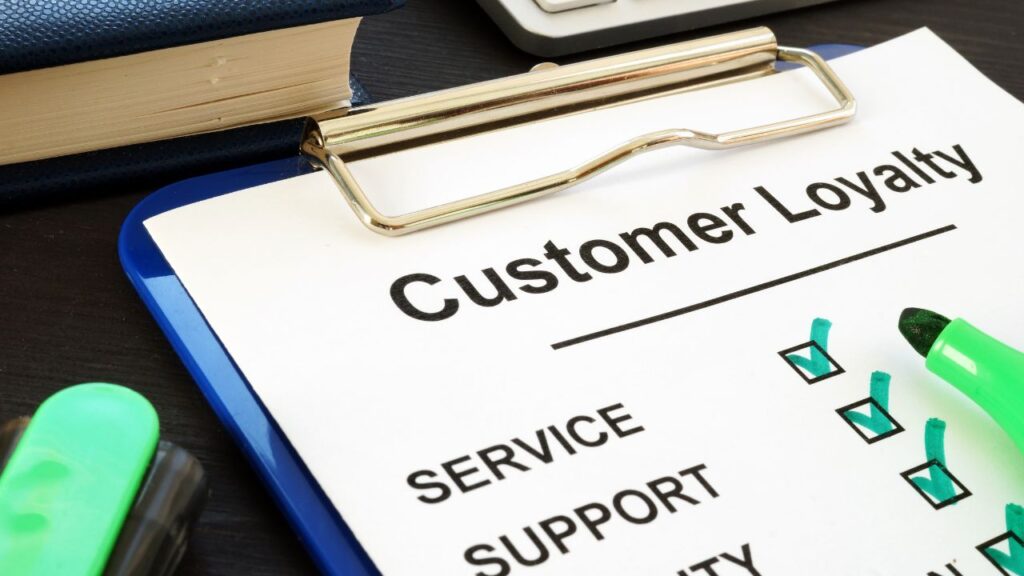Power Of Loyalty Programs
In the crazy world of business, keeping customers loyal is a must. And here comes the Power of Loyalty Programs. Small businesses, often dealing with tight budgets, can struggle with this. But things are changing, and loyalty programs are becoming a game-changer. And guess what? Even the big players, the large enterprises, could use a bit of this loyalty magic too. The power of loyalty programs lies in their ability to forge lasting connections, transforming one-time customers into devoted customers who keep coming back for more. However, the landscape is evolving, and loyalty programs have emerged as a transformative tool.

Key Benefits of Loyalty Programs
The Currency of Loyalty
Loyalty programs are essentially the currency of trust and commitment. Customers flooded with choices in a saturated market, are drawn to brands that not only offer quality products or services but also value their continued trade. A well-crafted loyalty program becomes a statement of reciprocity – a business acknowledging and rewarding the loyalty of its customers.
Beyond Discounts: Emotional Bonds
While discounts and rewards are the visible perks of loyalty programs, their true power lies in the emotional bonds they promote. Humans are inherently social creatures, and the emotional connection developed through a loyalty program can be the differentiator in a fiercely competitive landscape. Customers not only become repeat buyers, but they also become brand advocates, sharing their positive experiences with friends and family.
Building Trust in an Era of Skepticism
In an age where consumers are increasingly skeptical of businesses and their motives, loyalty programs serve as a beacon of trust. When a company invests in a loyalty program, it sends a clear message – “We value your loyalty, and we are committed to rewarding you for it.” This commitment goes a long way in building trust, a commodity that is invaluable in the modern marketplace.

From Transactional to Relational
Traditional transactions are cold and transactional, but loyalty programs inject warmth into these interactions. They transform the relationship between buyer and seller from a mere transaction to a relational experience. Customers feel seen, heard, and appreciated, fostering a sense of belonging that extends beyond the product or service being offered.
Loyalty Programs and Word-of-Mouth Marketing
Satisfied customers are the best marketers a business can have. Loyalty programs not only retain existing customers but also turn them into vocal advocates. Word-of-mouth marketing, amplified by social media, can create a ripple effect, reaching far beyond the immediate circle of the loyalty program. Positive experiences shared by loyal customers become endorsements that money can’t buy.
The Bottom Line: Loyalty Programs as Profitable Investments
While the upfront costs of implementing and maintaining a loyalty program may seem daunting, the return on investment is often substantial. The increased customer retention, enhanced brand reputation, and positive impact on the bottom line make loyalty programs not just an expense but a strategic investment in the long-term success of a business.
Trends of Loyalty Programs in 2023
The evolving landscape of loyalty programs reflects broader trends in consumer behavior and technological advancements:
- Personalization: Loyalty programs are becoming increasingly personalized, tailoring rewards and experiences to individual customer preferences.
- Mobile Engagement: Businesses are leveraging mobile apps and digital channels for seamless interaction with loyalty program members, providing a user-friendly experience.
- Experiences Over Products: Many loyalty programs now offer experiential rewards, such as exclusive events, travel opportunities, and VIP access, catering to the modern consumer’s desire for unique experiences.
- Social Media Integration: Loyalty programs are integrated with social media platforms, allowing customers to earn and redeem rewards for engaging with brands on these channels.
- Gamification: Gamification elements, like points, badges, and leaderboards, are being incorporated to make loyalty programs more interactive and engaging.
Creating a Successful Customer Loyalty Program

To maximize the power of loyalty programs, businesses should consider the following factors:
- Clearly Define Goals: Determine specific program objectives, whether it’s boosting customer retention, increasing sales, or enhancing brand advocacy.
- Target Audience: Identify customer segments that will benefit most from the program and tailor rewards accordingly.
- Reward Structure: Design an attractive, relevant, and easy-to-understand reward structure, incorporating tiered rewards, points accumulation, and personalized experiences.
- Communication and Engagement: Clearly communicate program benefits and rules to customers. Regular engagement through personalized communications and exclusive offers is crucial.
- Data-Driven Insights: Continuously analyze customer data to identify trends, understand preferences, and optimize the program for maximum impact.
Examples of Successful Loyalty Programs
Examining successful loyalty programs provides insights into effective strategies:
- Amazon Prime: With over 200 million members worldwide, Amazon Prime’s paid membership program offers various benefits, including free two-day shipping, streaming services, and exclusive discounts.
- Starbucks Rewards: Boasting over 20 million active members, Starbucks Rewards is a free loyalty program where customers earn points for purchases, redeemable for free drinks, food items, and merchandise.
- Hilton Honors: Hilton’s free loyalty program has over 148 million members globally, allowing guests to earn points for hotel stays, redeemable for free nights, travel upgrades, and more.
Conclusion: The Ongoing Evolution of Loyalty Programs
In conclusion, loyalty programs are a strategic investment that can yield significant returns for businesses of all sizes. Their power lies in their ability to foster customer loyalty, drive business growth, and contribute to long-term success. As the business landscape continues to evolve, businesses that embrace innovative loyalty solutions stand poised for enduring success in the competitive market.